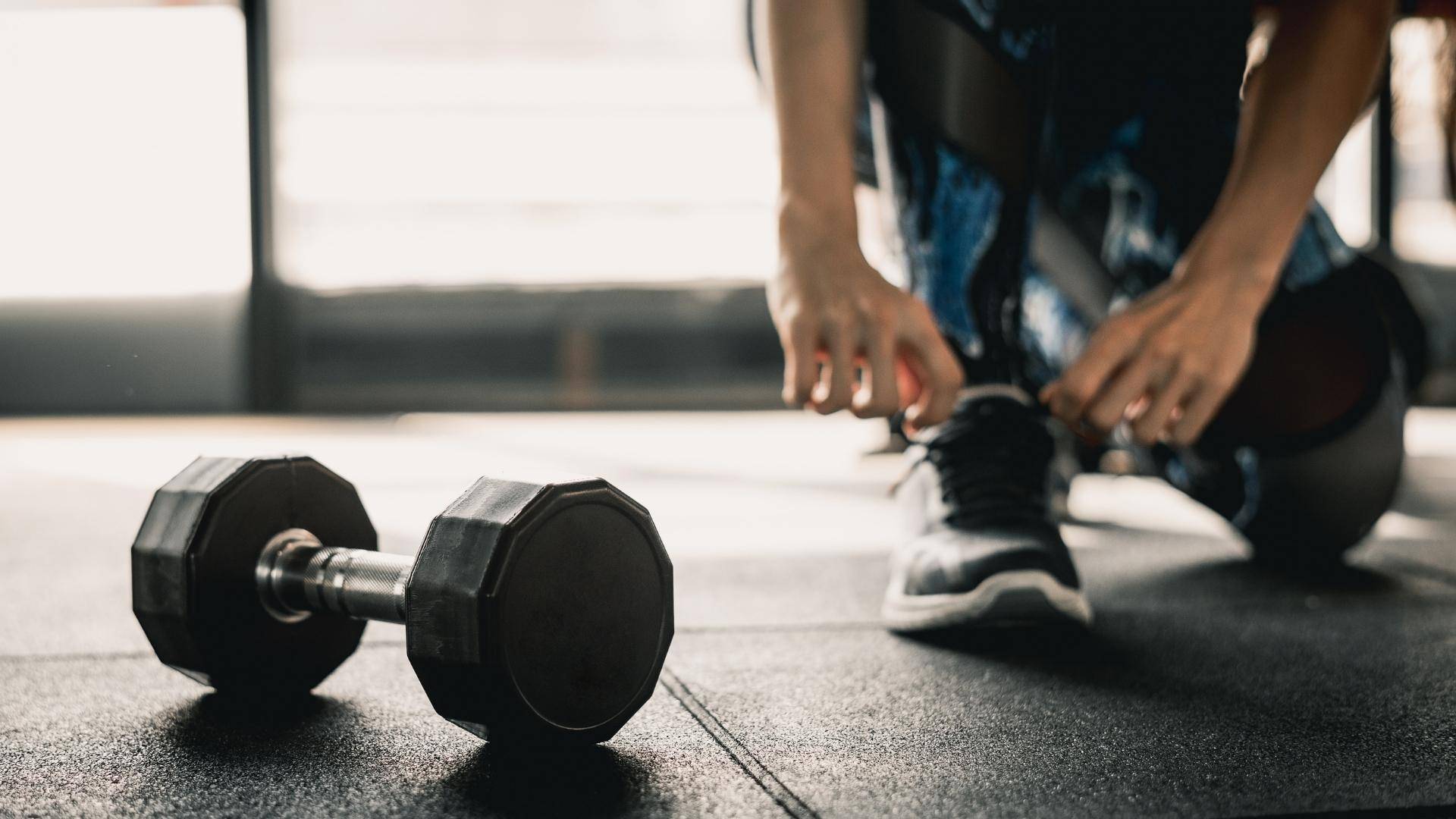For your fitness program to yield the best results, it takes more than just embracing a workout that is right for your body type. And It is more than just sticking to a proper diet.
Gym goers understand that, in fact, equal (if not more) emphasis should be placed on what you do in preparation for your fitness routine. To reduce incidents of shoulder joint injury, knee pain, reduced blood flow, mobility issues, and problems caused by neglected muscles, preparation is key.
And yet there’s often neglected preparations for before your workout that hold many back from realizing their potential.
The Question: Are you missing some preparatory activities that are integral components to your workout routine? Below are some of the most often neglected things to prepare before your workout:
Quick Links
- Rest
- Hydrate
- Eat a Snack
- Stretch
- Warm Up
- Use a Foam Roller
- Get in the Right Headspace
- Plan and Track Workouts
- Take Your Supplements
- Check Your Vitals
1. Be Well Rested
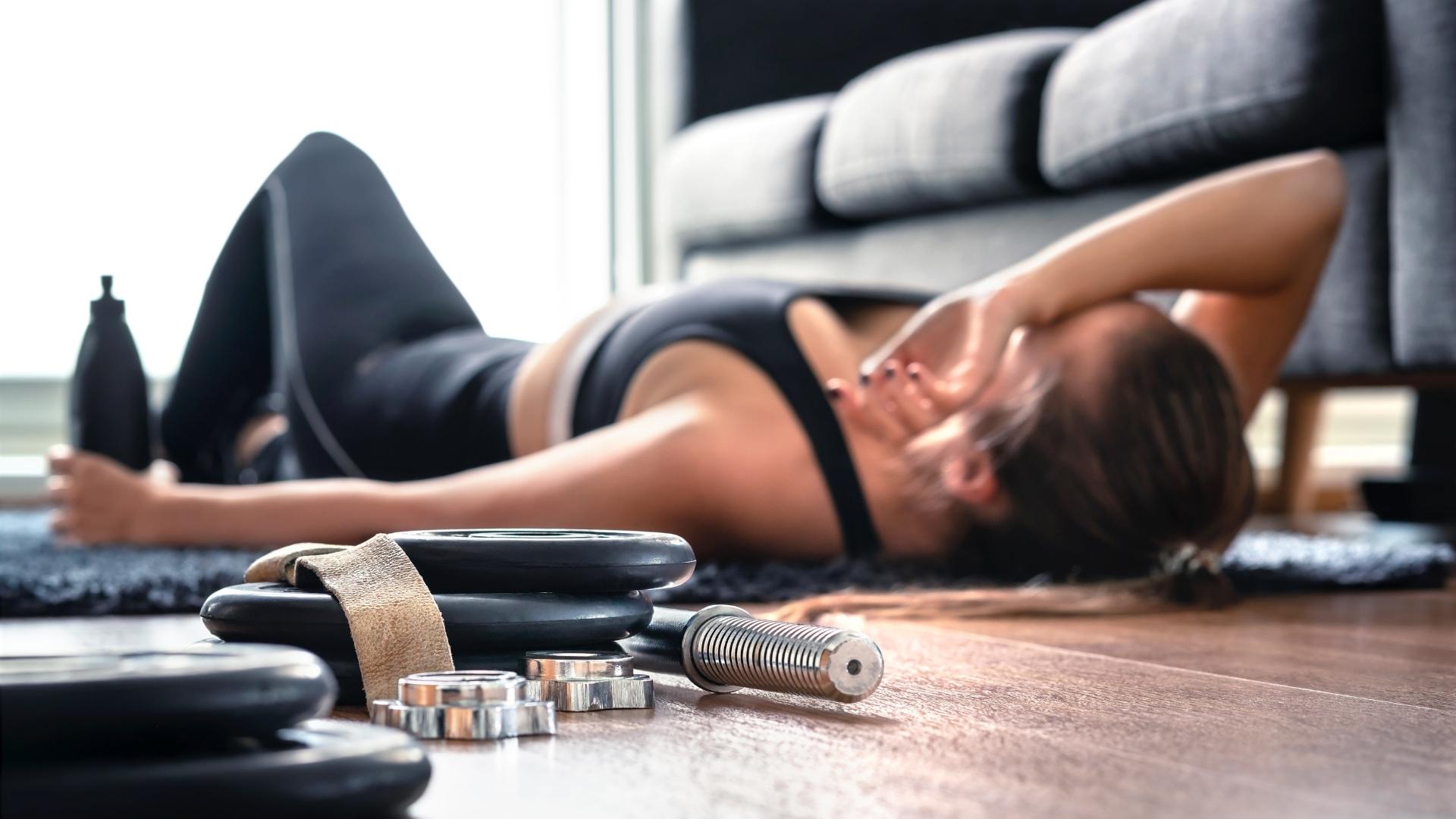
Good Quality Sleep
Inadequate sleep or rest results in a lack of energy or a slow-moving, unproductive workout session.
If you have seven to nine hours of sleep, you increase your chances of having good workout sessions and productive results:
- Optimal brain functions and energy levels have mutually beneficial relationships.
- Because good sleep improves body control.
- This leads to proper handling of heavy exercise equipment and appropriate body positions. And so injuries due to equipment mishandling or inappropriate posture can become significantly reduced.
- Being well rested also allows more adequate muscle recovery.
- Having a good quality sleep helps regulate your hunger hormones, improves your metabolism, and can even facilitate weight loss!
Remember that good stamina, energy levels, and improved focus are often the direct results of adequate sleep. In fact, exercise is among the most crucial factors in obtaining a restful sleep at night!
The Bottom Line: To have the most productive exercise routine, practice a healthy balance between good sleep and exercise. Once in balance, good exercise promotes good sleep and vice versa.
Take a Nap
Multiple studies have proved that taking naps helps boost your performance in both physical and mental exercises.
One study showed that taking at least a 25-minute nap can significantly improve workout performance vs. no naps at all.
The study involved four men performing a 5-minute shuttle run with random nap times, including 25-, 35-, 45-minute naps and zero naps.
Participants with naps covered more distance during the 5-minute shuttle run, with the 45-minute nap as the ultimate running performance.
Have Rest Days
After an intense workout session, taking a day off helps maximize your performance.
Muscle recovery is crucial after a tough week of working out. However, if you want to maximize your week and want to get going, perform light exercises instead.
Some of the exercises that are good for you while your muscles are recovering include yoga, swimming, walking, or even meditation for breathwork.
Remember to listen to your body at all times as it will help keep you stronger and more balanced. If you’re too exhausted and certain muscles feel sore, taking rest days is perfectly OK!
Listen to Your Body and Rest If It’s Telling You To
Avoid pushing yourself to the limit, especially if you are do not feel 100% at your best. If you have fatigue or are currently sick, intense physical activity can only worsen your condition.
Don’t ignore any discomforts in your body when exercising. Respond accordingly when you feel nauseous, dizzy, sharp pain in the different muscle groups, or exhausted.
While most people maintain a warrior mentality as part of their exercise mantra, nothing beats helping your body recover from physical stress the natural way through rest.
The Bottom Line: All too often fitness enthusiasts fail to consider all the factors involved in rest and recovery. If you’re overworked at your job, under stress, or recovering from sickness you will simply need more rest than you otherwise would.
2. Hydrate Optimally
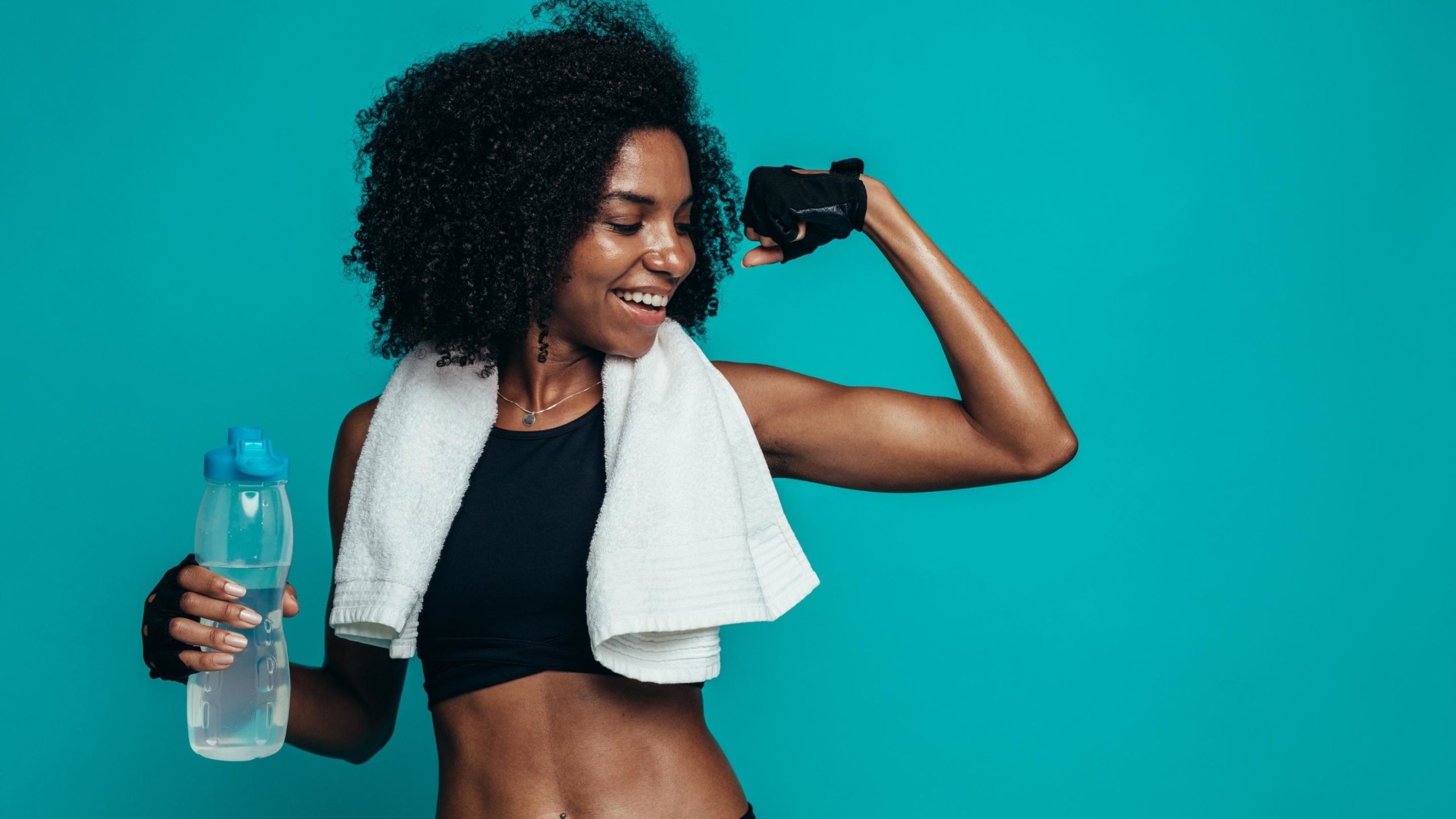
Dehydration results in poor workout performance!
When you’re 5% more dehydrated than the acceptable rate, a 30% reduction in your workout performance is likely the result.
Apart from affecting your workout performance, dehydration also results in cramps, dizziness, and other related discomforts.
Some studies say that most athletes won’t feel thirsty until they’ve reached the 2% dehydration level. Once the 2% dehydration level is reached, an athlete’s performance starts to deteriorate.
Bear in mind that consuming too much water immediately before exercising is also counterproductive. Doing so causes stomach problems or hyponatremia. This also leads to constant pee breaks that are likely to interrupt your workout session
The Bottom Line: Drinking just enough water before exercise allows adequate fluid absorption and normalizes your urinary output. So put that water bottle to work!
3. Eat A Healthy Snack
A snack that fuels your workout is recommended, but the goal is to eat in moderation without being too full or too hungry.
- Pre-Workout Snacks
Many pre-workout snacks are available in the market, including protein bars, granola bars, cereals, yogurt, oatmeal, and mixed nuts. - Homemade Snacks
Prepare homemade snacks, such as a peanut butter and banana sandwich, fruit smoothies, fruit parfait, DIY cookies, or DIY energy bars. - Protein and Carb Snacks
If your diet requires more proteins and carbohydrates, consider the amount of time it takes to digest such food and eat a balanced combination before your workout.- Eating carbohydrates before endurance workouts can improve performance. Exercising hard requires lots of energy, which carbohydrates can provide.
- Eating carbohydrates before endurance workouts can improve performance. Exercising hard requires lots of energy, which carbohydrates can provide.
- Pay Attention to Carb Types
And while carbs are important, specific types aren’t ideal for pre-workout snacking, such as fiber, as they take longer to digest. - Eat Carb-Rich Snacks for Energy
The classic PB&J sandwich, dry breakfast cereals, and energy drinks are highly suggested. On the contrary, protein-rich snacks are to be eaten in moderation. The body will benefit more from simple carb intake as the primary source of energy instead of protein foods. - Avoids High-Fat Snacks
Avoid high-fat foods that are more difficult to digest and can cause stomach problems during workouts. Fatty and greasy foods take longer to digest than fruits, eggs, whey protein, smoothies, and energy drinks. Focus instead on consuming lean-meat protein and complex carbs. - Simples Carbs
Simple carbohydrates aren’t bad for you in moderation. For example, carbs from chocolates and other can prevent insulin spikes. - Don’t Eat Too Much
Eating too much before exercising is counterproductive to your performance. Instead of having optimum performance, you’ll end up having digestion issues, acid reflux, stomach ache, and nausea.
The Bottom Line: Since digestion consumes a lot of energy, eating a lot immediately before a workout can reduce performance. Instead, choose your snack and when to it carefully. This will optimize your energy levels and performance during workouts.
4. Stretch

Stretching is one of the most tried and true preparations for a great workout.
And yet, for some reason many will neglect stretching before their workout. Stretching offers two primary benefits.
First, it loosens up the body by improving the elasticity of muscle tissue. This allows for better muscle contractions during your workout, and helps to prevent injury.
Second, stretching increases the blood flow to target muscle groups, which can improve performance in workouts that target these muscles.
Here’s some other interesting benefits of stretching before your workouts:
- Stretching before working out is essential for good muscle memory.
- This means that stretching can help you utilize optimal form and movement during your workouts.
- Through stretching, more muscles are “activated” during a particular exercise.
- Performing deep squats, for instance, initiates more muscles to work.
Bottom Line: Stretching before your workouts not only prevents injury and improves muscle performance, but it also improves mobility. Good mobility is crucial for getting the most out many types of exercise.
5. Do a Dynamic Warm Up
A dynamic warmup prepares your body for a strenuous workout through a combinations of stretches and light cardio.
The goal of a dynamic warmup is to stretch, get your heart rate up, and get your blood flowing to key muscles groups.
- Dynamic warm-ups should be part of everyone’s pre workout routine. A warm-up session helps reduce injury and raises body temperature, increasing blood circulation.
- A good warm up routine will also help the body to lift heavier weights in the gym.
- According to one study, 70% of men showed heart abnormalities on an ECG after running hard without warming up.
- You also need to do enough warming up. Participants who performed only two minutes of warm-up were still showing irregularities in the heart.
- A dynamic warm-up involves synchronizing bodily movements. Depending on your target muscle or workout, go through the muscle groups that will be the focus of your upcoming routine.
- From there, perform light movements or compound bodyweight.
- Dynamic warm-ups can initialize and prepare core areas, such as wrists, knees, shoulders, and legs, for more intense movements.
Bottom Line: A dynamic warmup allows the body to enter into a workout in optimal condition. When you enter a workout in optimal condition, you will experience increased performance and benefit from a decreased risk of injury.
6. Use a Foam Roller
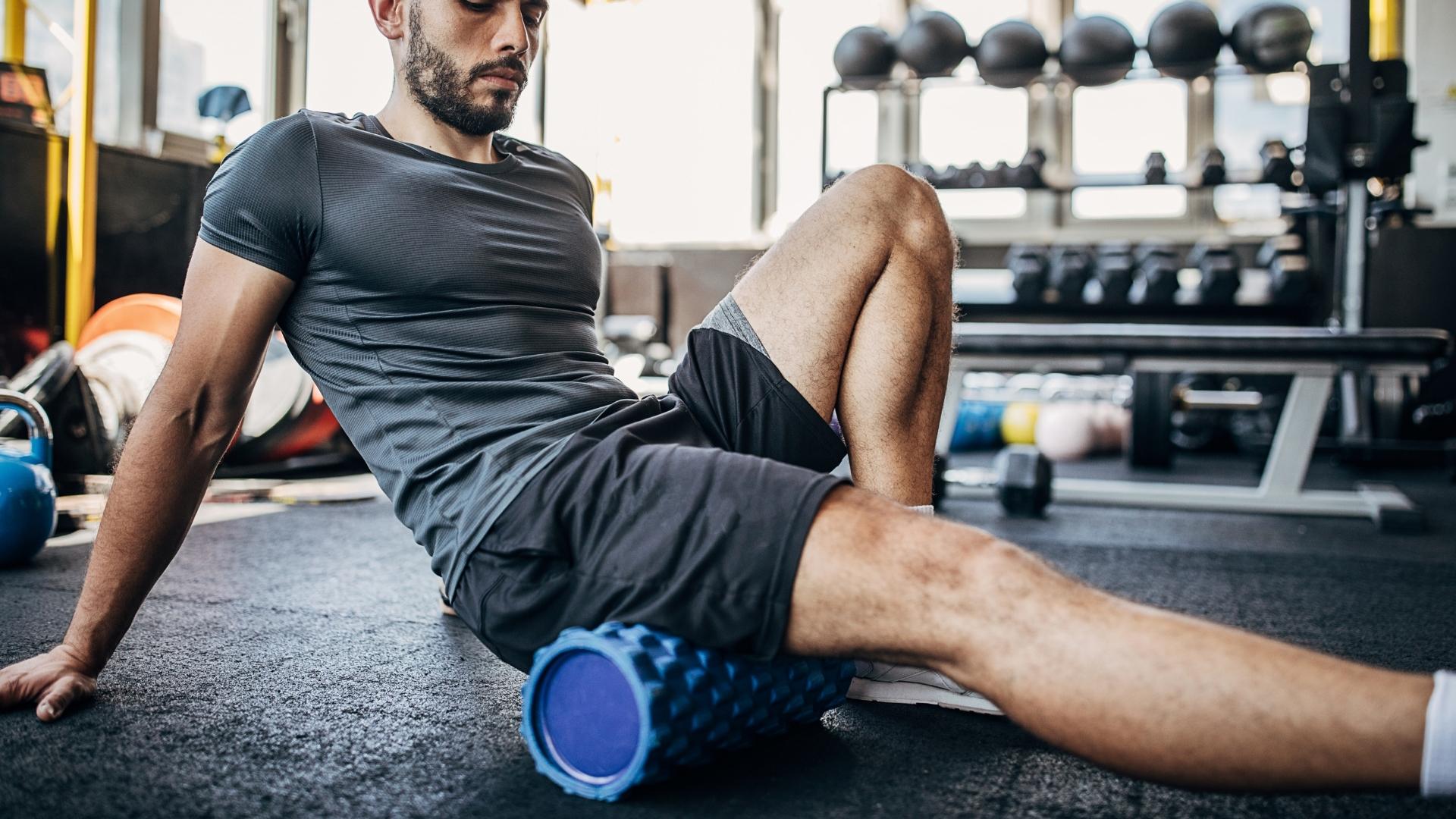
Muscles are a group of fibers that are held together with tendons and tissues. During training, these tissues can be tangled up.
Before your exercise routine, massage the muscles using a foam roller to increase the range of motion in some joints and reduce muscle soreness.
- Rolling a dense foam on knots in the connective tissues surrounding your muscles rehydrates these tissues and “untangle” these knots.
- Ideally, spend at least one minute per area addressing issues in the muscles you’ll be mostly targeting during a workout.
- Using a foam roller before working out awakens and prepares your other muscles and your entire body for more intense movements.
- Using a foam roller to loosen connective tissues is proven to aid in the recovery process.
- Foam rolling can reduce muscle soreness one to three days after an intense workout. Did you know that the knee can bend 20% farther than average for participants who performed the rolling method?
- Foam rolling has become a buzzword in celebrity workouts, as it provides an added benefit of relieving stress since it feels pretty great! (Like a mini massage)
Bottom Line: Besides the therapeutic purpose, stimulated lymphatic systems result in youthful muscles, improved circulation, and eliminated toxins are great reasons to use foam rolling. It also prepares the muscles for more movement and stretching, regardless of the intensity.
7. Get in the Right Headspace
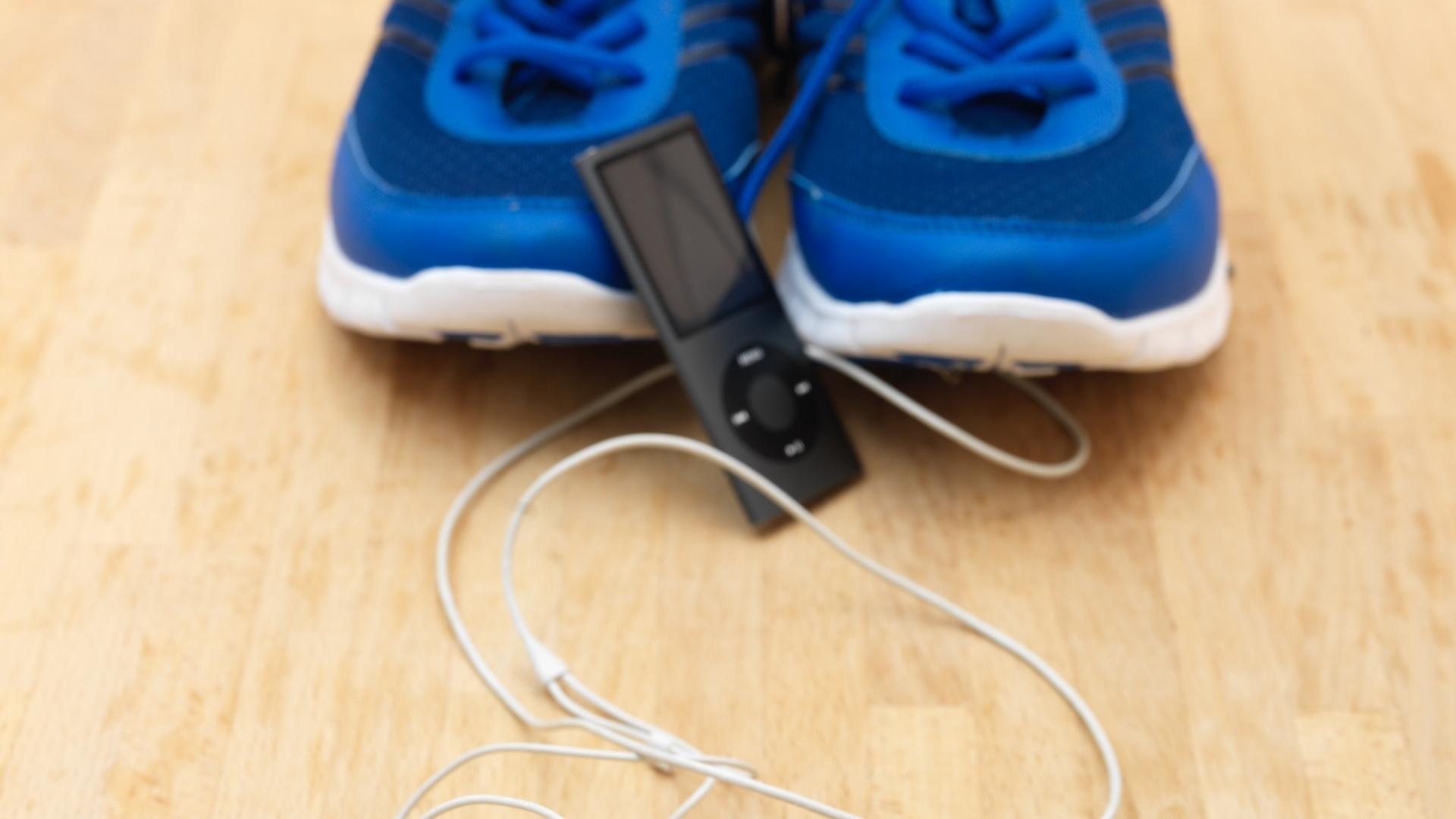
A successful and productive workout session combines physical and mental aspects.
Have some quiet time to detach from personal and professional commitments and empty your thoughts. Invite the mood of relaxation and tranquility.
This runs contrary to the workout routine of many who want to hype themselves up as much as possible before a workout.
Overhyping yourself can lead to an early energy spike that turns into a crash near the end of your workout.
Clear Your Head/Meditate
- The success of your exercise routine requires 50% action and 50% mindset.
- Before starting your fitness journey, meditate and allow yourself to be in the present moment. Positive affirmations and self-talk can help conspire in the achievement of your fitness goals.
- Remember that your #1 motivator is yourself.
Update Your Playlist
Lively and feel-good music can boost your workout performance and mood.
Studies prove that indoor cyclists pedaled faster when the music was more upbeat. It is as of they jammed to the tunes of their favorite music.
When your song is intense and upbeat, don’t always realize you’re performing their best. Having a workout playlist gives your performance an extra push.
According to the American Council on Exercise, songs with at least 135 beats per minute are ideal for more optimized performance during workouts.
However, the best exercise session can be a result of a workout song ranging between 120 to 140 beats per minute.
Some of the popular workout songs include:
- Queen’s We Will Rock You
- Pitbull’s Give Me Everything
- BEP’s Pump It
- Wake Me Up Before You Go Go by Wham!
Bottom Line: One of the most accessible preparations for a good workout is to properly manage your mindset and attitude. Customize your own workout playlist and choose the best songs to get you pumping.
8. Plan Your Workout/Set Up a Fitness Tracker

Having a workout plan will help you become more efficient and productive. Many workout plans are available and ready for printing to help you stay on track with your progress.
- If you’ve signed up for workout classes, keep a calendar of schedule so you can have an organized plan for those specific days.
- Tracking your progress and workout regimen helps you become more aware and honest with yourself.
- While some apps, including a fitness tracker, can be downloaded on your smartphone, they can be a source of distraction during workouts.
- Alternatively, you can use the traditional way of writing down on a notebook or paper the progress you’ve made so far.
Bottom Line: Tracking your progress is made easy when you’re taking notes of your workout routine. With proper planning, you can assess yourself to determine which workout is suitable and which needs replacement or adjustment.
9. Take Your Supplements

While proper mindset and food intake work wonders, taking workout supplements doesn’t hurt. Although it’s not a necessity, these supplements help boost your performance, energy levels, and improve focus.
Most pre-workout supplements consist of amino acids, caffeine, fat burners, brain boosters, strength boosters, and nutrients that target specific functions of the body.
Check out our guides on proper pre workout supplementation and how to evaluate the best ingredients:
- The 10 Best Pre Workout Supplements for Women
- The 18 Best Pre-Workout Supplements
- What Is The Correct Electrolyte Dosage for Pre-Workout, Intra-Workout, and Post-Workout?
- Which Pre-Workout Ingredients Increase Blood Flow and Pump?
- Which Pre-Workout Ingredients Increase Strength?
- Which Pre-Workout Ingredients Increase Endurance?
Clearing The Air About Coffee/Caffeine for Pre-workout Supplements
Caffeine is often the most common ingredient found in many pre-workout supplements.
It is a type of ergogenic acid that helps in many ways:
- Boosts performance by increasing endurance
- Improves focus
- Increases energy
Caffeine is also essential in keeping our body more active, mobilizing fatty acids from tissues, and improving workout performance by up to 12%.
While many pre-workout supplements have caffeine as the main ingredient, drinking black coffee is one of the most natural forms of caffeine intake. Coffee is a popular thermogenesis stimulant as well.
Thermogenesis refers to the process that allows your body to generate more energy from food, allowing more fat to burn.
If coffee isn’t available, try consuming green tea 15 to 20 minutes before hitting the gym. Green tea is also known to improve focus and make you feel lively and pumped up.
Bottom Line: Don’t sleep on caffeine intake! It’s an often neglected preparation for workouts that can really make the difference, especially if you’re feeling sluggish.
10. Check Your Vitals

Checking your vital signs is important before working out to check-in on the general condition of your body.
Check your vitals after stretching and your dynamic warm up to determine whether you’re ready for performing intense workouts. Make sure your heart rate and oxygen levels are in a good place before your start.
Checking your vitals also works for comparison and keeping track of the progress you’ve made in your wellness journey.
Comparing your pulse rate, for instance, from five months ago vs. now is possible through the pulse oximeter.
- Vital signs are also important in identifying health issues that you may not be aware of.
- They provide a snapshot of your overall wellbeing, measuring your body’s basic functions and major organs.
- Consult your doctor when embarking on an exercise routine after recovering from illness or disease.
- You might be suffering from high blood pressure, heart disease, palpitations, or diabetes without knowing it, and risk pushing yourself to the limit due to incompatible workout routines.
- The importance of vital sign monitoring allows your personal coach or instructor to create or modify a workout plan specifically tailored to your age, height, weight, heart rate, and gender.
Bottom Line: To build an optimal workout routine, utilize all of the tools, strategies, and information available to you. By combining these approaches, you’ll be able to practice the best workout preparation habits and crush your workout routines!
